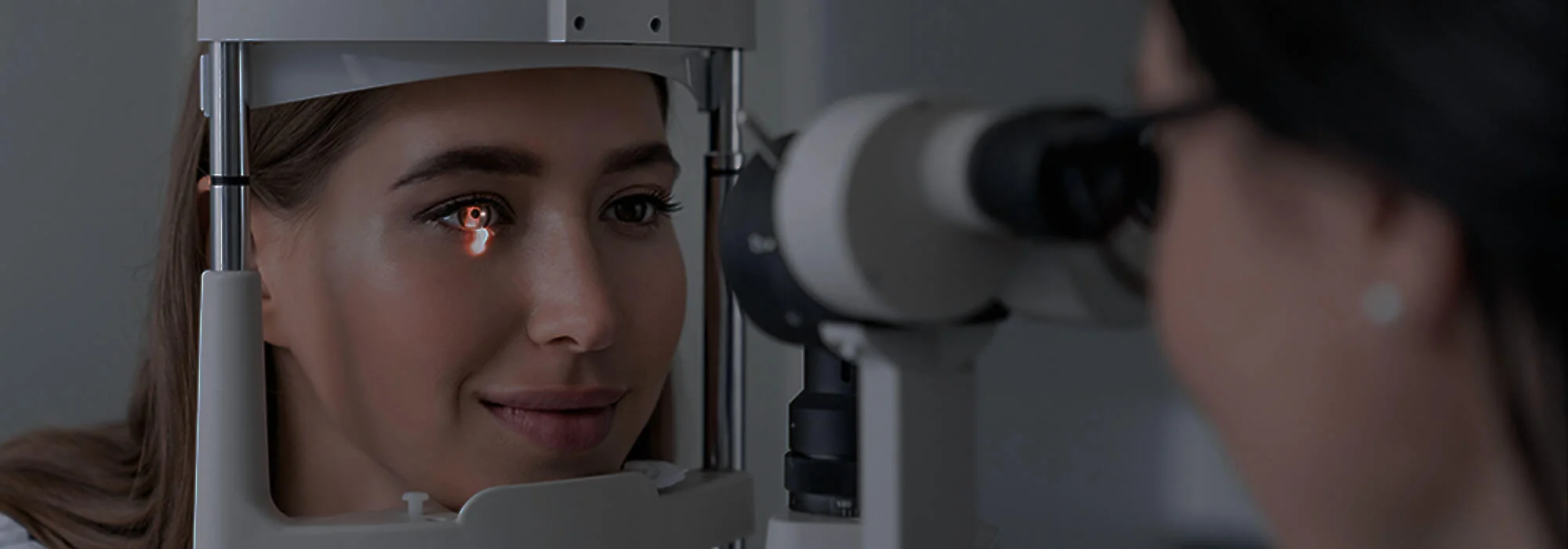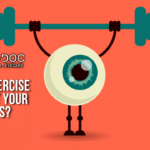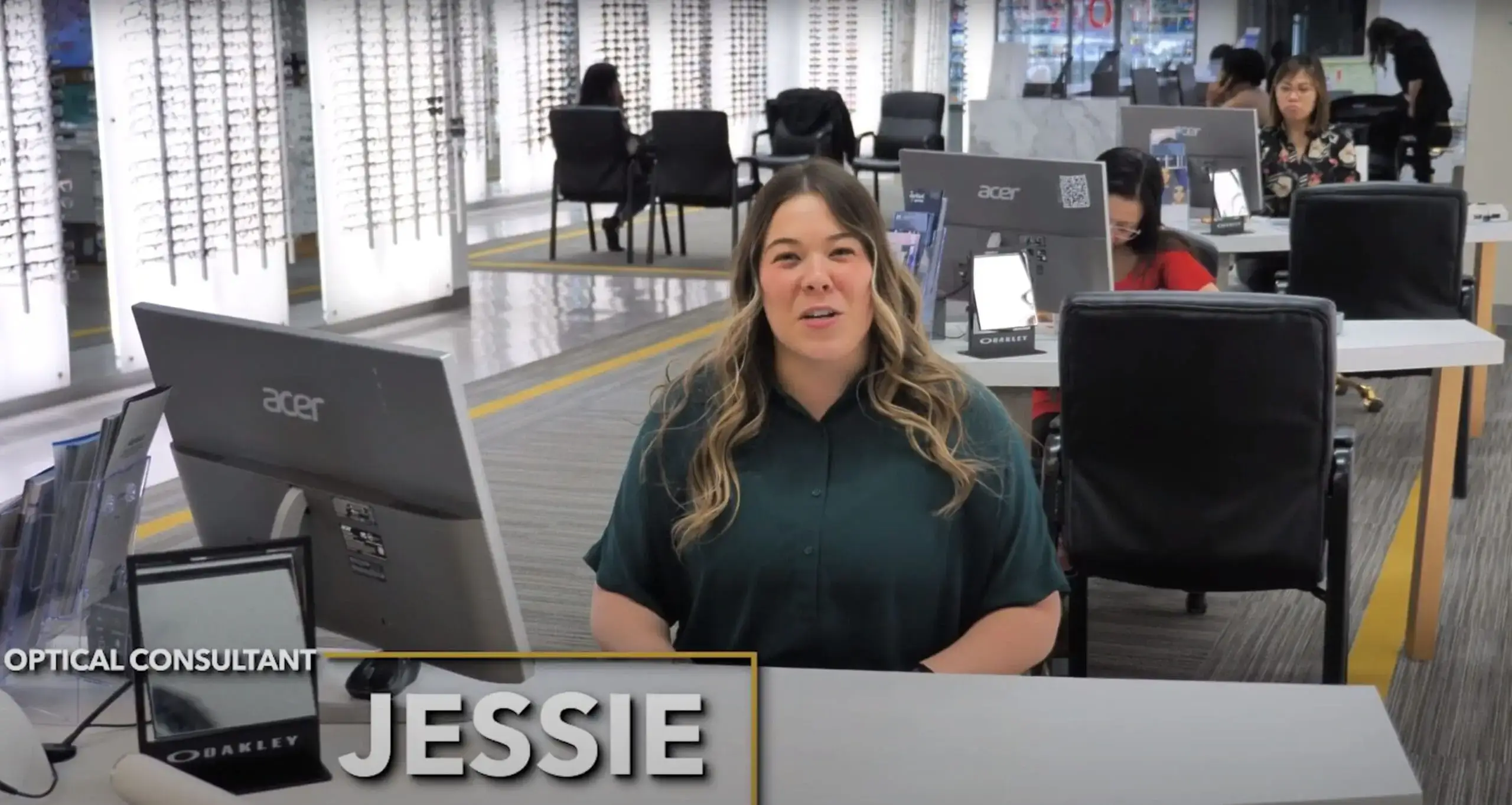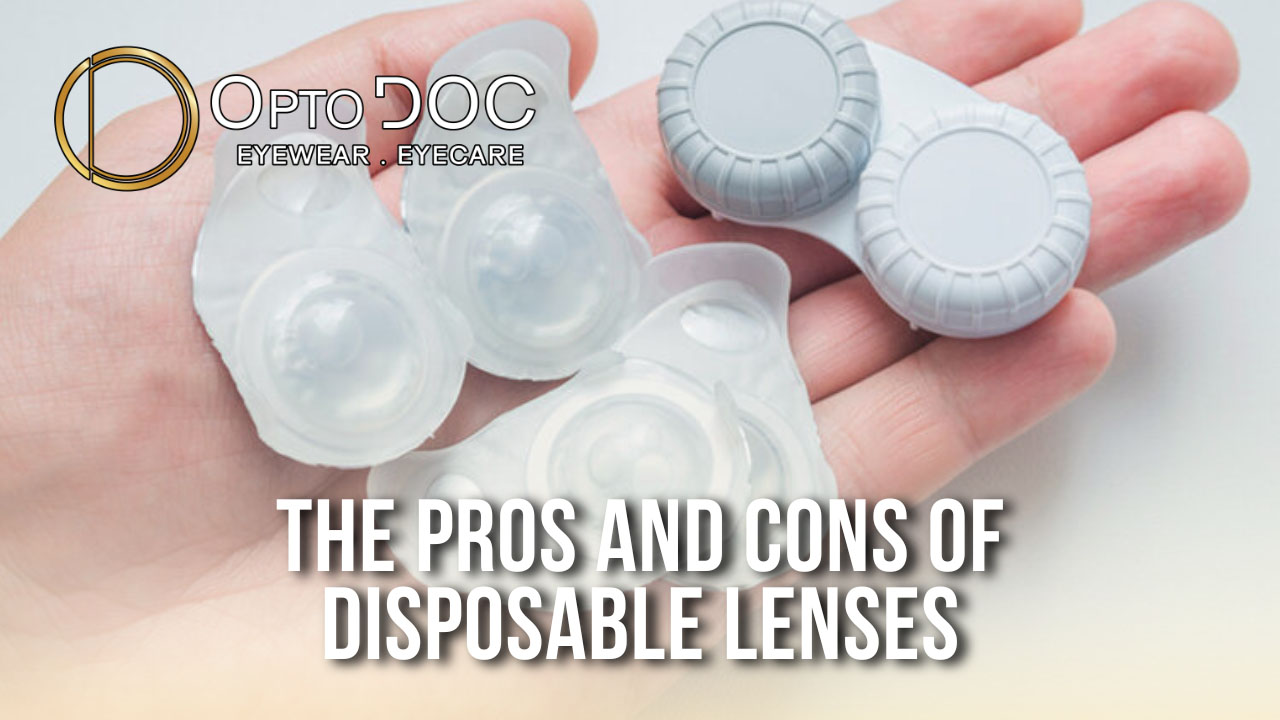
What Does an Eye Chart Actually Measure?
We’ve all seen it—that classic chart with rows of letters that get smaller and smaller. But have you ever wondered what that eye chart really tells us about your vision? At OptoDoc, we believe in educating our patients so you feel confident and informed about your eye health. So, let’s decode the humble eye chart.
The Snellen Chart: A Vision Benchmark
The most commonly used eye chart is called the Snellen chart, developed in the 1860s. It’s designed to measure visual acuity—which is your ability to see fine details at a specific distance, typically 20 feet.
If you’ve ever heard the phrase “20/20 vision,” this is where it comes from. If you can read the line marked 20/20 from 20 feet away, it means you have average, or “normal,” visual acuity.
What Eye Charts Don’t Measure
While helpful, an eye chart is just one piece of the puzzle. It doesn’t measure:
- 👁️ Peripheral (side) vision
- 🎯 Eye coordination or tracking
- 🎨 Colour perception
- 🔍 Depth perception
- ⚠️ Signs of underlying eye disease
Why Eye Charts Still Matter
Despite their limitations, eye charts are a great screening tool. They help optometrists quickly identify whether you may need corrective lenses or further testing. They also help monitor changes in vision over time—especially useful for children, seniors, and patients with chronic conditions like diabetes.
Eye Exams at OptoDoc: More Than Just a Chart
At OptoDoc, our comprehensive eye exams go well beyond the Snellen chart. We use advanced diagnostic technology to assess your entire visual system, from visual acuity to retinal health. Our goal is not just to help you see clearly—but to catch issues early and keep your eyes healthy for life.
Understanding Age-Related Macular Degeneration (AMD)
AMD is an eye condition that primarily affects people over the age of 50. It causes damage to the ma
Eye Exams Covered by Alberta Healthcare
Did you know that Alberta Healthcare covers eye exams for children up until they turn 19 years old,
The Pros and Cons of Daily Disposable Lenses
Is the convenience worth the cost? Let’s take a closer look at whether daily disposables are the r









Leave a Reply